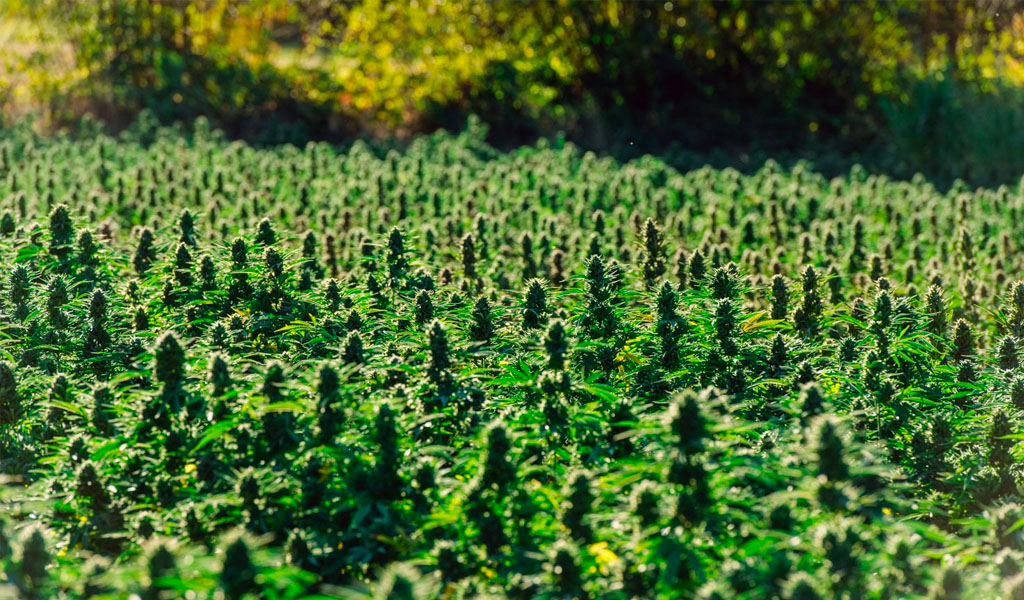What are autoflowering seeds?
Cannabis ruderalis, colloquially referred to as “day neutral,” or autoflowering cannabis, is a variety of hemp and cannabis that initiates or triggers into flowering irregardless of light cycle changes Therefore autoflowering seeds are produced from day neutral or autoflowering cannabis plants. While regular, “photoperiod,” or “photo dependent” hemp and cannabis flip into flowering phases depending on the amount and type of light, autoflowering cannabis flips into flowering based on its own inner timing that is light cycle independent. Because ruderalis varieties developed at higher Siberian latitudes, it is thought that they evolved a different mechanism for finishing their reproductive cycle in order to successfully produce seeds in their shorter growth period.
While the majority of Atlas Seed autoflowering varieties finish their full life cycle in between 60-80 days, it is important to keep in mind that while the trigger for flowering is not light cycle dependent, the full vegetative and flowering potential of our autoflowering varieties are dependent on light and heat. Therefore one of our faster finishing varieties planted in temperate, “4 season latitudes,” roughly between April and August would take 70 days to mature; but the same variety planted in “shoulder seasons”, or early spring and late fall, would take as long as 90-100 days to fully mature. So again, autoflowering varieties flowering is not photoperiod dependent as with all other cannabis plants, but it’s overall lifecycle, as with all plants, is.
Day Neutral Growing Preferences
Day neutral cannabis, scientifically known as C. ruderalis or colloquially referred to as “auto-flowering” cannabis, prefers long, dry, and sunny days. During establishment the plant requires regular watering to maintain even moisture. The soil should never drop below 50% of full capacity, and on hot days (above 80° F) should stay above 80%. Early applications of a balanced vegetative feeding program are critical to developing a well branched, large plant. The goal is to create as many flowering sites as possible within 3-5 weeks of growth, at which point they will begin to show signs of flowering. At this time it is best to maintain a strong vegetative
feeding program and begin to slowly introduce more phosphorus, potassium, and micronutrients to prepare for the plant’s reproductive (flowering) phase. The plants should continue to grow quickly and stack up flowering sites from weeks 3-8. During Weeks 8-12 the flowering sites will bulk up and become dense, especially at the very end of the cycle.
Optimizing Growth Conditions for Day-Neutral Cannabis
Plants that grow during the summer when the days are long, warm, and sunny will ripen and be ready to harvest faster than in the winter where the shorter and colder days with less light can add an extra 10-20 days on the time to harvest. These plants have a strong need for light and heat! The more light they receive, the faster they grow and come to their full size. True autoflowering plants can come to maturity even under a 24 hour daytime light cycle (no darkness/night). Weak, low watt lighting typically used to keep clone plants “in veg” will not speed up the growth of autoflower plants or prevent them from flowering.
One of the most important parts of growing day-neutral varieties is to minimize transplant shock. Any shock resulting from improper transplanting can contribute significantly to reduced yields. Unlike other agricultural crops, especially vegetables and flowers, day-neutral cannabis varieties prefer quick transplantation. Ideally, growers should transplant them within 10 days of emergence. The sweet spot is between day 7-10. Each day after there is a marked reduction in overall plant size leading up to day 14 where we do not recommend transplanting after that.
